HR Analytics / Data-Driven Recruiting
What are HR Analytics? What is Data-Driven Recruiting?
HR Analytics or Data-Driven Recruiting A recruiting strategy that utilizes HR technology to produce data and metrics which are then used to optimize the hiring process for efficiency and meeting internal goals.
Example
Our organization just started using HR Analytics to make informed hiring decisions. By leveraging Data-Driven Recruiting strategies, we can hire based on proven metrics rather than gut feelings.
Frequently Asked Questions
- What’s the difference between Human Resources Analytics and Data-Driven Recruiting?Human Resources Analytics (HR Analytics) is the strategy of using data and data analysis to make informed decisions about managing human resources – employees, benefits, hiring, and more. Data-Driven Recruiting is a subsect of HR Analytics that uses these analytical tools and frameworks to drive recruitment and hiring decisions in order to invest in the strongest workforce possible.
- What are the benefits of Data-Driven Recruiting?While many companies make hiring decisions based on the “gut feeling” of a hiring manager or the connections or a candidate, Data-Driven Recruiting seeks to use HR Analytics tools and strategies to minimize or eliminate as much subjectivity and uncertainty from the hiring process as possible. Data-Driven Recruiting can use past data to determine the traits that the most successful hires have in common, weed out red flags, and manage large numbers of applications as efficiently as possible.
- What’s an example of Human Resources Analytics in practice?HR Analytics can be an incredibly useful tool for identifying problems and inefficiencies in the workplace structure. For example, a company sees significantly higher turnover in one department vs. another, and turns to HR Analytics to determine why. HR may look at past turnover rates and discover that Department 1 saw an increase in turnover after a new manager was hired, and look into if that hire continues to be a good fit. Or, they may look at the average employee age of each department and find that Department 1 had a significantly older team leading to many retirements in a short time span.
- What are the 4 types of Human Resources Analytics?HR Analytics is typically broken into 4 subtypes, each increasing in complexity:
- Descriptive Analytics: Using data to describe a particular outcome.
- Diagnostic Analytics: Using data to identify the cause of a particular outcome.
- Predictive Analytics: Using data to predict future outcomes.
- Prescriptive Analytics: Using large-scale data and machine-learning capabilities to craft strategies that influence future outcomes.
PEOPLE-CENTERED PLATFORMS FOR A CHANGING WORLD
The workplace is evolving faster than ever before thanks to new HR solutions, rapidly developing technology, ever-present digital security threats, and more, and you need a partner that will help your organization stay agile and on top of the moment.
From strategic talent management to the best onboarding technology, Rival offers secure platforms that enable people to thrive in a changing workplace. Contact Rival today to talk to an expert to see how we can help you attract the best talent and keep them on board and performing up to your expectations.



















